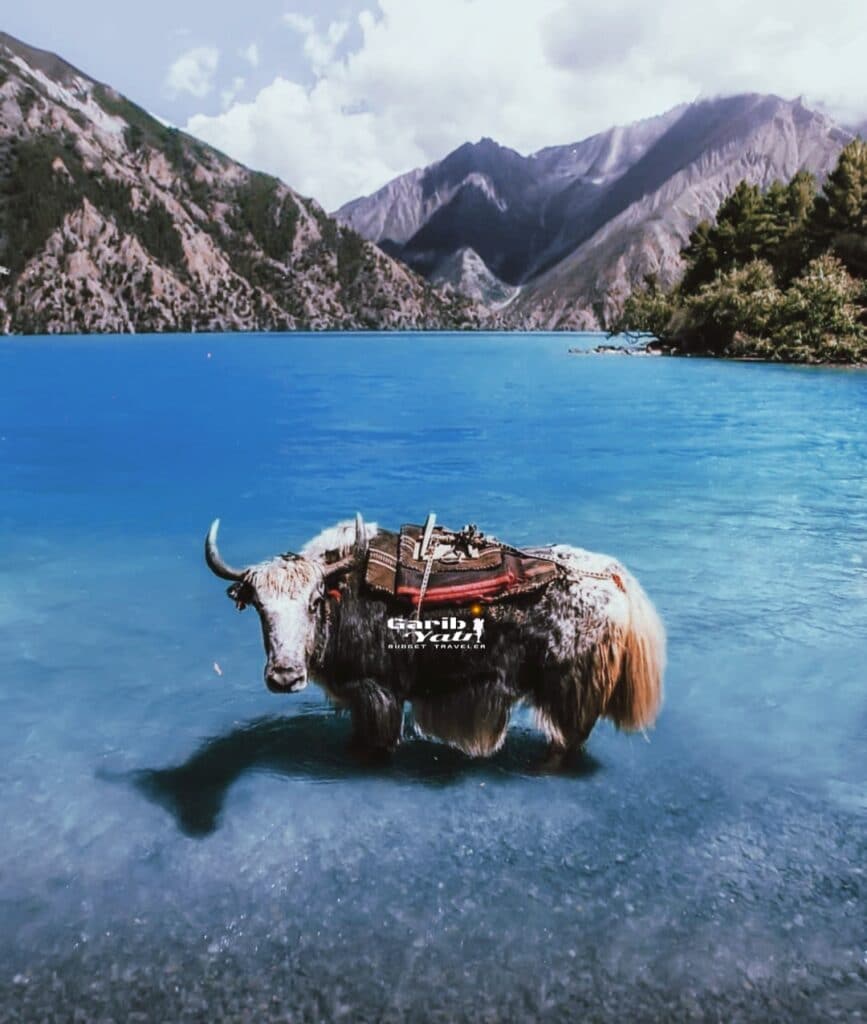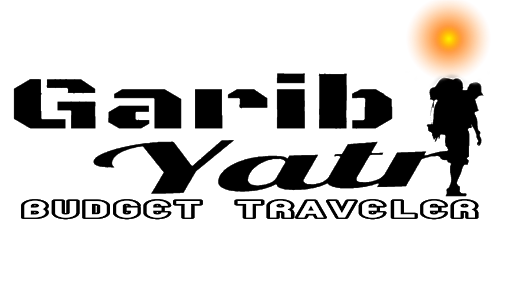Clear skies, rising sun rays, mountains shining all around with the naked eye and a reflection of the same mountain in the melting snow lake. I had the opportunity to see such an enchanting scenes in the journey of tsho rolpa .
After a one-day bus journey from Kathmandu and a three-day trek, it was the scene of standing in front of Tsho Rolpa, Nepal’s largest glacier in the Rolling Valley in the northern region of Dolakha.
This year, the tourism sector has been badly affected by Covid-19. Even though it was reopened on July 30, tourism and trekking activities have been postponed until the situation improves.
The main season for trekking is about to start in Nepal, but due to this cove epidemic, all of us have plans to go for a walk this year.
Hopefully this epidemic will end soon and we will be free to roam again. Nature has given a great gift to Nepal; There are countless beautiful destinations, no matter where you go.
One of those beautiful destinations, the beautiful Rolling Valley and the Tsho Rolpa trip that I made last year still thrills me.
As soon as we planned to go to Tsho Rolpa on the tenth holiday, my classmate Suman Sampang Rai and I got tickets for the Gongar-Khola from the old bus park the day before we left and our journey started from the bus park at 5 am the next day.
The bus was full of mostly internal and external tourists and a few tens of passengers going home. We thought of going to Gongar-Khola as soon as we got on the first bus and traveling for 2 hours to reach Simigaun on the first day.
The slow-moving bus reached Charikot on the Arani Highway, Khadichaur in Sindhupalchowk, Mude and Dolakha Sadarmukam.

But from Charikot, the bus picked up speed. By a paved road. While looking at the lush green paddy fields of Shundravati and Sunkhani of Kalinchok village municipality, it was not noticed that time had passed. The bus reached Singti Bazaar at 6 pm and reached Gongar Khola after an additional hour’s journey. We stayed at the Riverside Hotel and Lodge there.
On the second day in the morning, after following the road from Gongar to Upper Tamakoshi for half an hour across the Tamakoshi River, you reach Chhet chhet Bazaar (1410 m). It starts at 40 km to reach Tsho Rolpa (4580 m). Hiking
From time to time, beautiful waterfalls greet you. When you reach Tsho Rolpa, you will see innumerable waterfalls, big and small, which we did not anticipate before. So it would be natural to be distracted for a while at the first waterfall.
The Gaurishankar Conservation Area (NTNC / GCAP) begins after crossing the suspension bridge from Chhet chhet to Tamakoshi.
After climbing the steep stairs for two hours, you reach the beautiful Simigaun (2000 m).
The hospitality of Simigaun was sweeter than the food with local mushroom and chauri ghee.
After Simigaun food and some rest, we warm up.
Now you can only get a glimpse of the mobile network somewhere, that too only of NTC. Ansel had just left Singti.
Crossing the Cantilever Bridge near Uttise (2065 m), we reached Surmuche (2480 m) for lunch, following a steep forest path but a well-organized footpath with signs, signboards and garbage bins in places.
It was seven o’clock in the evening when we reached Dogyang (2780 mins), our second day’s destination, from Surmuche via Kalje (2740 mins).

Dogyang is a market located on the banks of the Rolling River. The music of the tired body and the sound of the river invited sweet sleep.
After breakfast in Dogyang, we asked for leave.
Somewhere there are small wooden bridges, somewhere there are suspension and somewhere there are concrete bridges, there is a captivating river, looking at the beautiful waterfalls jumping from the mountains to the river. We reached Thangding at a height.
We were busy eating, our cameras capturing time lapses in the clouds. Now our afternoon destination is the beautiful Beding Village.
Beding village is a confluence of nature and culture.
Beding is located in the lap of Gaurishankar Himal (7134 m), a symbol of Hindu deities Shiva and Parvati.
The Sherpa community has about 80 houses and a population of 400. The village is known as the village of mountaineers as 80 people from Beding have successfully climbed Mt. Everest.
On the signboard there, I read a very interesting thing: in Sherpa’s local language, ‘bedding’ means ‘winter’ and ‘no’ means ‘summer’. No. 4180 meters is another beautiful village and the destination we have to reach today.
Everyone who owns a house or a hotel in Beding has a house and a hotel. From Pus to Phagun, the name will be completely covered with snow, so people will fall in bed and the name will rise again in summer.
Another interesting thing is the ‘No Kill Zone’: It is used to carry goods and milk products, but it is forbidden to kill any animal.
So even the animals here will die at their own pace, and after death they will be ‘cremated’ just like humans.
Now our destination was 4180 mins. The ‘name’ in the summer village.
Since both villages are on the edge of rolling, we now have to walk side by side. In the next three hours’ journey, the unimaginable natural beauty of the garden has taken away all the fatigue, while the black coffee in the thermos has made us forget the cold of that height. It was late in the evening when I got to stay at Naa.

The last village before reaching Tsho Rolpa is ‘Na Village’.
At 5 o’clock in the morning, carrying a light camera and some food, we set off for our main destination, Tsho Rolpa. One way from Na takes you to Tsho Rolpa and Dudhkundha on one side and the other way to a place with various mountains for climbing.
After walking for about two hours from Na, we found Tsho Rolpa Lake in front of our eyes.
The sight of the rising sun falling on the mountains all around, reflected in the glistening snow and lake, is captured by our eyes and brains hundreds of times more than the camera captured.
Tsho Rolpa Lake is 3.45 km. Length and 0.5 km. The maximum depth of the lake is 270 meters.
It is easy to walk on this lake which is completely frozen in winter. The source of the rolling river is the water of this lake which comes out of the well-organized dam.
If you walk for three more hours from here, you can reach Dudhkund and also walk for three more days to reach Namche by passing Tasilapcha.
We ate lunch in such a beautiful place sitting on the lake. Not wanting to return, due to time constraints, after a stay of about four and a half hours, we leave from Tsho-Rolpa.




Pingback: Beautiful places of Dolakha to visit - Cable car in Kalinchok !